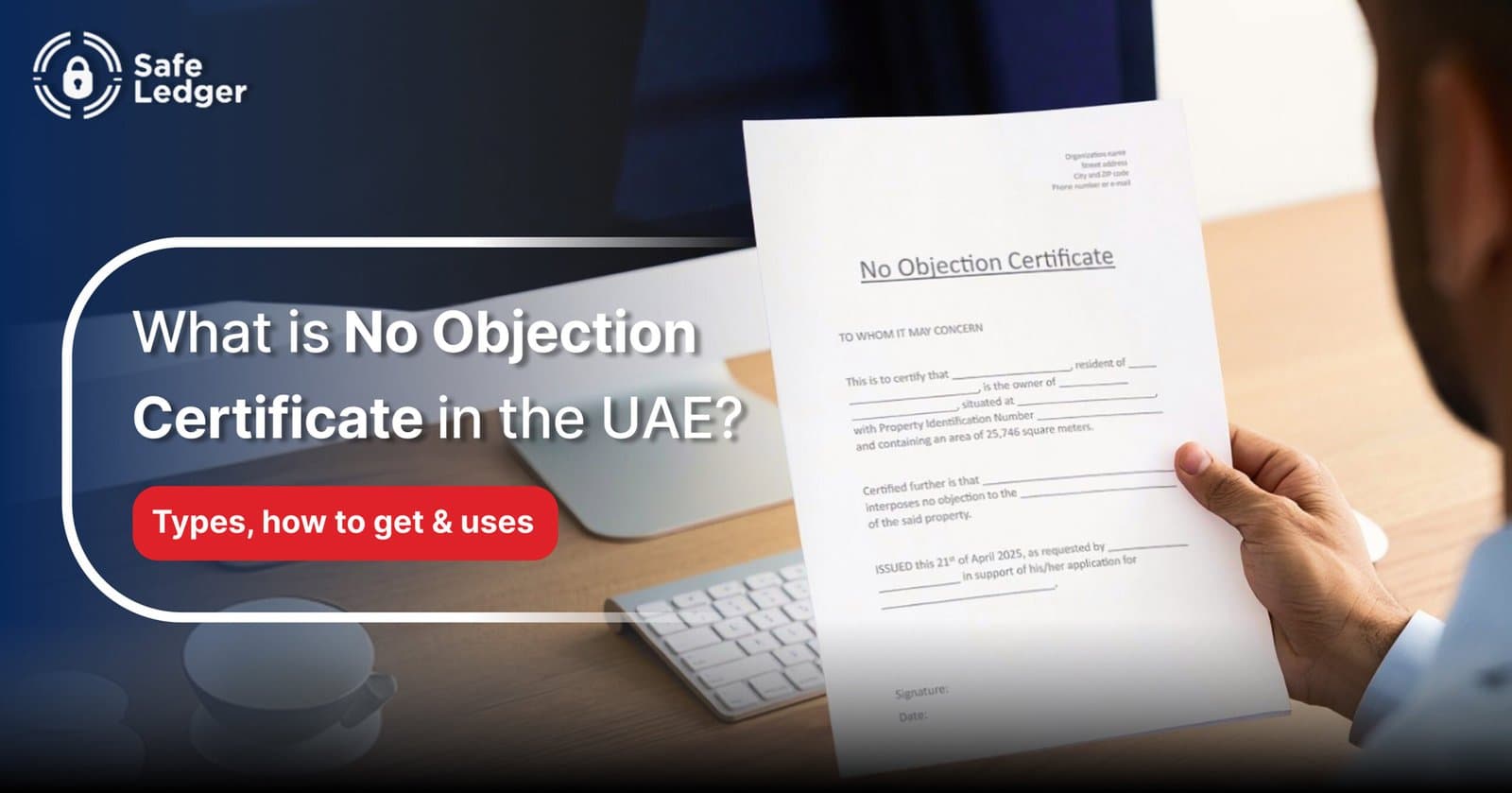The Federal Tax Authority (FTA) has streamlined the registration process through its online portal (eservices.tax.gov.ae). The following steps provide a clear path for businesses to become compliant.
Step 1: Confirm Status and Tax Period
Before starting, a business must confirm its status as a “Taxable Person.” It must also identify its “Tax Period,” which is its financial year. For most businesses, this aligns with the calendar year (January 1 to December 31). For a business with a Jan-Dec financial year, its first tax period began on January 1.
Step 2: Gather All Required Documents
Preparation is key. The business must gather a clear set of documents before accessing the portal. The “Required Documents Checklist” section below provides a detailed list. Key items include the trade license, the Emirates IDs of owners, and the company’s Memorandum of Association (MOA).
Step 3: Access the EmaraTax Portal
The corporate tax registration in the UAE is done exclusively through EmaraTax, the FTA’s digital tax services platform. A company representative (e.g., director, owner, or authorized tax agent) must log in using the company’s existing EmaraTax account. If the business is new to the FTA and does not have a VAT registration, it must first create a new user profile and then create an account for the Taxable Person (the company).
Step 4: Fill in the Registration Details
The online application form guides the user through several sections. The applicant must fill in the details accurately:
- Entity Details: Legal name, trade license information, and date of incorporation.
- Identification: Tax Registration Number (TRN) for VAT (if applicable), and establishment card details.
- Contact Details: The company’s address, phone number, and email.
- Business Activities: The primary and secondary activities as listed on the trade license.
- Ownership: Details of the owners, shareholders, or partners, including their Emirates ID or passport information.
- Tax Period: The company must declare its financial year start and end dates.
Step 5: Submit and Receive a Corporate Tax Registration Number (CTRN)
After filling in all details and uploading the required documents, the applicant must review the information for accuracy and submit the application. The FTA will then review the application. Upon approval, the FTA will issue a unique Corporate Tax Registration Number (CTRN), which serves as the business’s official tax ID for all corporate tax matters.
Step 6: Fulfill Post-Registration Obligations
Registration is only the beginning. After receiving the CTRN, a business must maintain accurate financial records and stay compliant with FTA guidelines. It must also inform the FTA of any changes, such as an update in address or ownership, and prepare for its first corporate tax filing.




